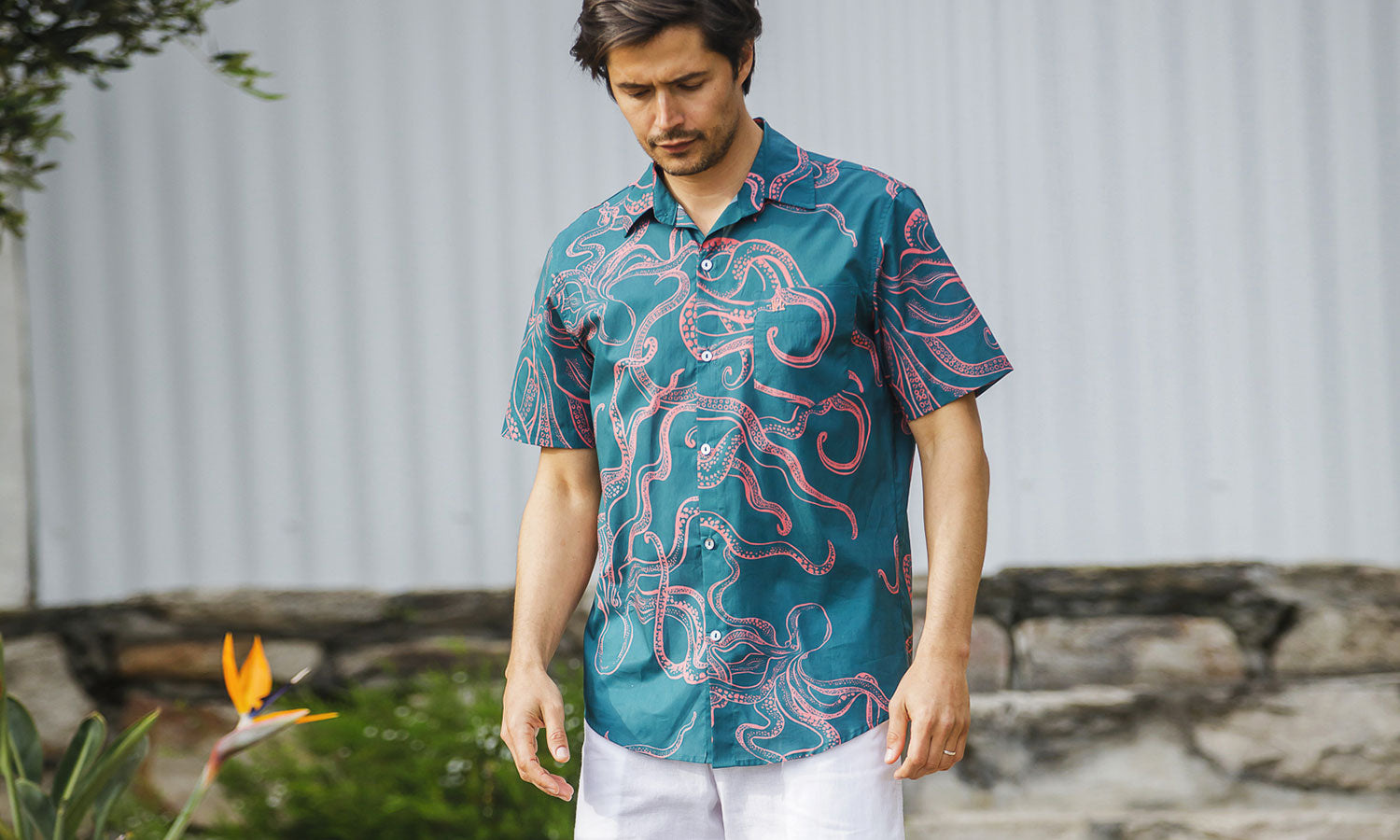Walter Battiss, a renowned South African artist, was more than just a painter; he was a visionary explorer who transcended boundaries and expanded the horizons of art. Born on January 6, 1906, in the Karoo town of Somerset East, Battiss would go on to become a pivotal figure in the South African art scene. His artistic journey was characterized by a relentless pursuit of innovation, a deep appreciation for indigenous cultures, and a passion for sharing his unique artistic vision with the world.
Battiss's early life was marked by exposure to the wild beauty of the Karoo landscape, and this experience played a significant role in shaping his artistic sensibilities. After studying art in Johannesburg, he embarked on an adventurous exploration of the world, traveling extensively throughout Europe, the Middle East, and South-East Asia. These travels had a profound impact on his work, broadening his artistic perspective and inspiring him to incorporate diverse cultural influences into his art.
In the 1930s, Battiss co-founded the New Group, a pioneering collective of artists aiming to challenge the conservative norms of the South African art establishment. This marked the beginning of his lifelong quest to promote innovative art forms that celebrated the country's unique identity. He was an early advocate of abstract art in South Africa, and his work often featured bold colors, geometric patterns, and fluid shapes that expressed his fascination with the interplay between the organic and the abstract.
Throughout his career, Battiss maintained a deep fascination with prehistoric rock art, particularly the ancient rock paintings found in South Africa's Drakensberg Mountains. He studied these images extensively and sought to understand the essence of these ancient expressions, which greatly influenced his artistic style. Battiss believed that rock art was a universal language transcending time and culture, and he often incorporated elements of it into his own art, creating a sense of continuity and interconnectedness between ancient civilizations and contemporary society.
In the 1940s, Battiss developed a unique artistic philosophy that he called "Fook Island." This fictional utopia, complete with its own history, culture, and even postage stamps, became a recurring theme in his work. Fook Island represented a space of creative freedom and escape from the constraints of the real world. Through this whimsical concept, Battiss challenged conventional norms and encouraged viewers to question societal conventions and embrace imagination.
His passion for sharing art with the masses led Battiss to become a prominent educator. He was appointed as a professor of fine art at the University of South Africa, where he not only nurtured the talents of his students but also played a crucial role in developing the institution's art collection. He believed that art was a potent force for social change and that education was the key to unlocking its transformative power.
Woodstock Laundry has collaborated with the Walter Battiss Company to create a unique print, created using sketches from the artist's sketchbook. See the collection here.












